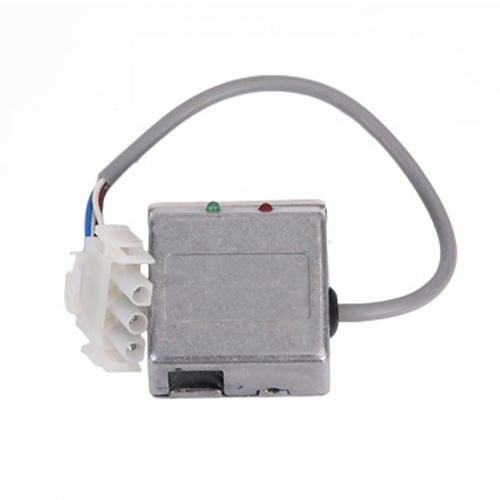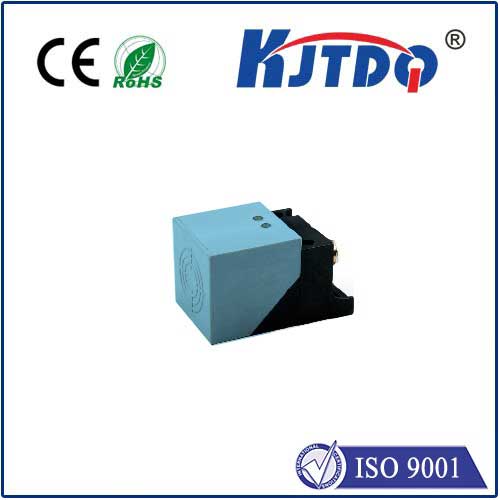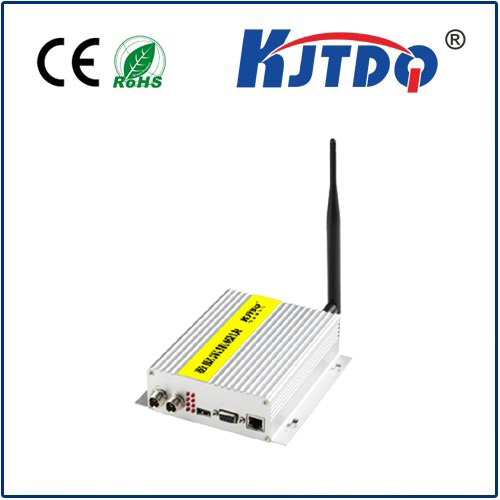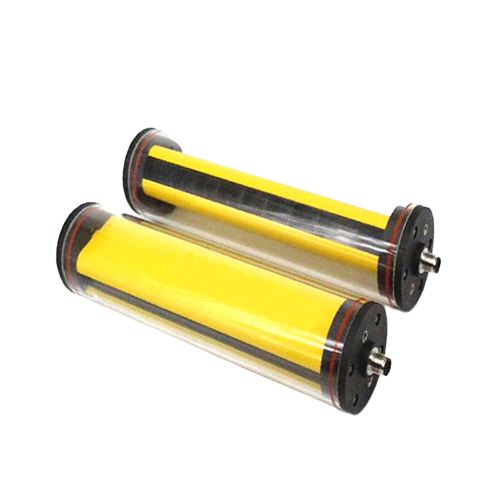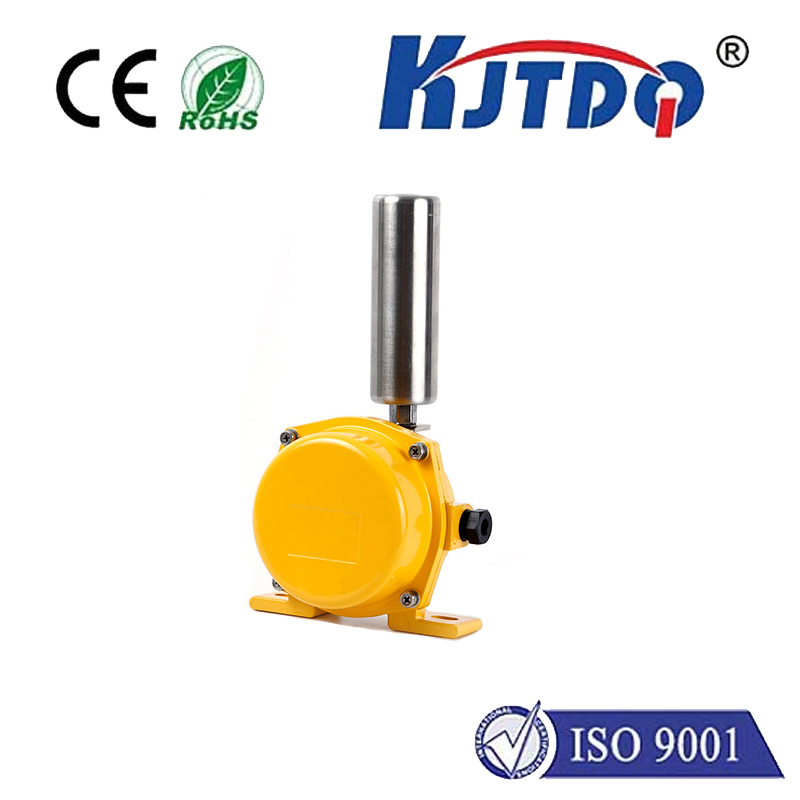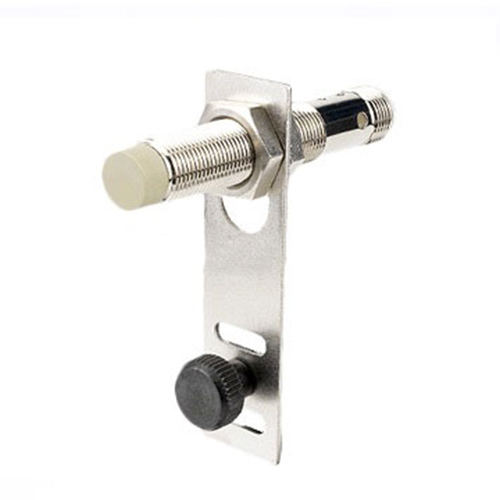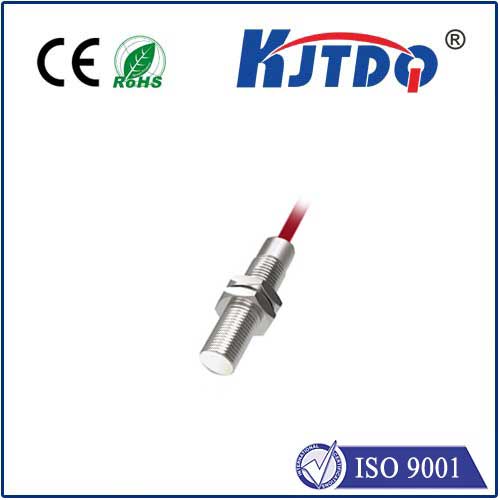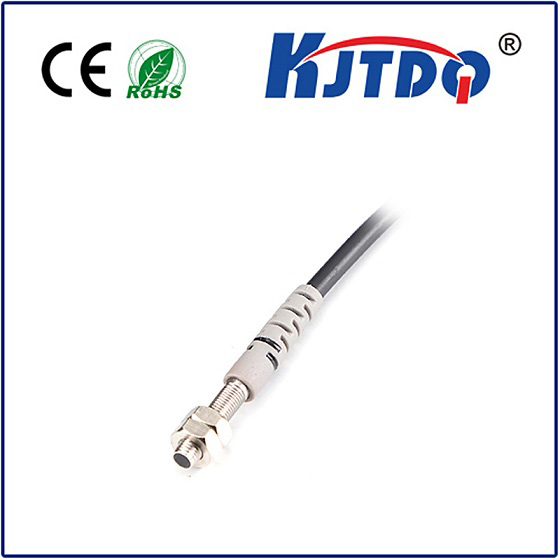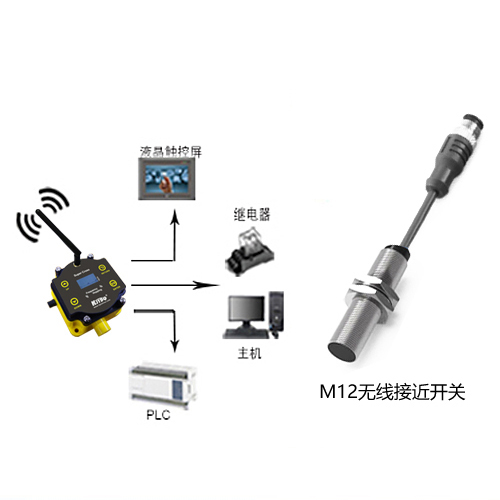proximity sensor and light sensor
- time:2025-06-23 15:59:30
- Нажмите:0
Proximity Sensor and Light Sensor: The Silent Guardians of Smart Interaction
Imagine your smartphone screen magically turning off when held to your ear during a call, or your room lights automatically dimming as dusk settles. This isn’t magic; it’s the clever, often unnoticed work of two essential electronic components: the датчик приближения and the light sensor. These miniature marvels work tirelessly behind the scenes, enabling devices to perceive their immediate environment and react intelligently, fundamentally shaping our interaction with technology.
Understanding the Core Functions: Seeing Without Eyes
At their heart, both sensors provide devices with a basic form of “contextual awareness,” but they perceive very different aspects of their surroundings:

- Proximity Sensor: Detecting Presence and Distance
- Purpose: This sensor identifies the presence of a nearby object without physical contact and often estimates its relative distance.
- Primary Technology: Most commonly uses infrared (IR) technology. An IR LED emits an invisible beam of light. If an object is close enough, this light reflects and is detected by an adjacent IR photodiode or receiver. The strength of the reflected signal or the time it takes to return (Time-of-Flight - ToF in advanced versions) indicates the object’s proximity. Some simpler designs use capacitive sensing, detecting changes in an electromagnetic field when an object nears.
- Key Action: Its output is typically binary (object near or object not near) or provides a rough distance range.
- Ubiquitous Application: Smartphones are the most recognizable use case. When held to your ear during a call, the proximity sensor detects your face and immediately turns off the display. This conserves battery and prevents accidental cheek-triggers. Beyond phones, they:
- Enable touchless faucets and soap dispensers.
- Prevent paper jams in printers by detecting media presence.
- Activate interactive kiosks or museum displays when someone approaches.
- Trigger safety cut-offs in industrial machinery.
- Light Sensor (Ambient Light Sensor - ALS): Measuring Environmental Brightness
- Purpose: This sensor quantitatively measures the intensity of visible light in its immediate environment.
- Primary Technology: Relies on photodetectors, such as photodiodes or phototransistors. These components generate an electrical current whose magnitude is directly proportional to the amount of light photons striking them. This current is converted into a measurable value, typically lux (a unit of illuminance).
- Key Action: Provides continuous data on the ambient light level.
- Ubiquitous Application: Automatic display brightness adjustment is the flagship feature. Your phone, tablet, laptop, or even car dashboard uses the light sensor’s data to dynamically adjust screen brightness, ensuring optimal readability in bright sunlight (higher brightness) and comfortable viewing in darkness (lower brightness), while also saving significant battery power. Other critical uses include:
- Automatically turning on/off streetlights or indoor lighting systems based on daylight levels.
- Optimizing camera settings (exposure, flash) for better photo and video quality.
- Controlling electronic blinds or shades to maintain desired indoor lighting.
- Enhancing security systems by detecting unexpected light changes.
Beyond Solo Performance: The Power of Integration
While each sensor excels independently, their true power often emerges when they work in concert within a single device, particularly smartphones and tablets:
- Enhanced Display Management: A proximity sensor might turn the screen off entirely when held to the ear, while the light sensor continuously adjusts the brightness level whenever the screen is active. This dual action maximizes user convenience and battery efficiency.
- Smarter Device States: Combining inputs can lead to more sophisticated behaviors. For instance, if the proximity sensor detects an object very close and the light sensor reads near darkness, the device might infer it’s in a pocket or bag and disable certain functions entirely to prevent accidental activation and save power.
- Optimized Camera & Flash: Both sensors contribute to camera performance. The light sensor provides ambient light data for exposure calculation, while the proximity sensor can detect if an object (like a finger) is obstructing the lens or flash, prompting a warning or preventing flash firing too close.
Why They Matter: Driving Convenience and Efficiency
The integration of proximity and light sensors has become fundamental to modern electronics for compelling reasons:
- Intuitive User Experience: They make devices feel responsive and “smart,” adapting automatically to the user’s context without requiring manual input. Actions like the screen turning off during a call feel natural and essential.
- Significant Energy Savings: Automatic display dimming or shut-off driven by these sensors is one of the most effective ways to extend battery life in portable devices. Similarly, automated lighting control based on ambient light drastically reduces energy waste.
- Enhanced Functionality: They unlock features that simply wouldn’t be practical manually (like constantly adjusting screen brightness or preventing accidental pocket dials).
- Reduced Wear and Tear: By minimizing unnecessary screen-on time or physical button presses, these sensors contribute to the longevity of the device hardware.
From Miniature Marvels to Ubiquitous Intelligence
Proximity sensors and light sensors, though small and discreet, are powerful enablers of modern technology. By providing devices with basic spatial and environmental awareness – detecting nearby objects and measuring ambient light – they facilitate smoother interactions, conserve precious energy, and enable features we now take for granted. Their continuous evolution, becoming smaller, more accurate, and less power-hungry, ensures they will remain indispensable components in the increasingly intelligent and responsive devices shaping our future.

